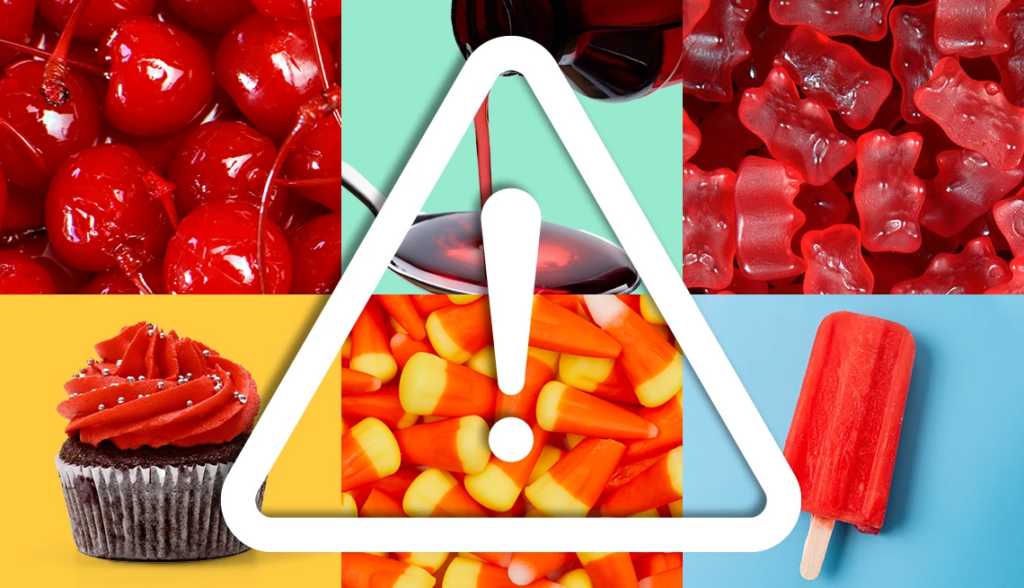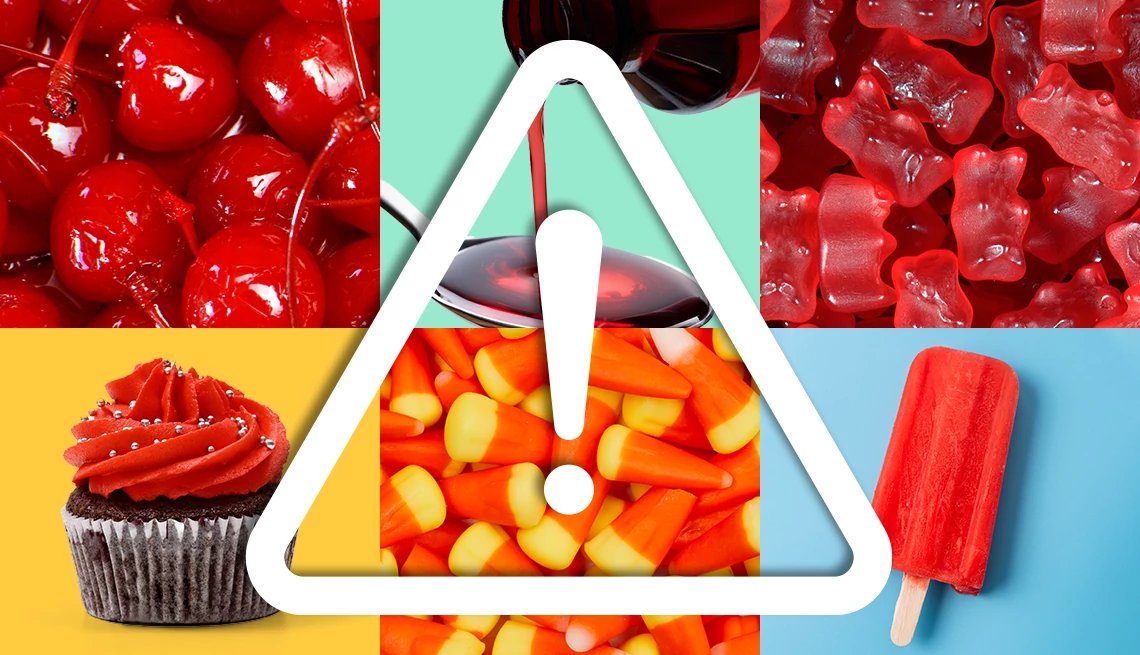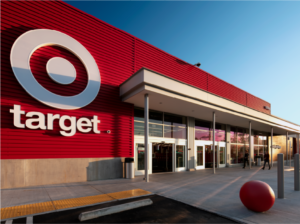If your food or beverage product contains synthetic colors, the time to start reformulating is now.
Across the U.S., an increasing number of states are introducing legislation to ban, restrict, or require labeling for synthetic food dyes such as Red 3, Yellow 5, and Blue 1. Meanwhile, the FDA has already moved to revoke authorization for certain dyes, with more regulatory shifts likely on the horizon.
These changes are poised to significantly impact product development, manufacturing, and compliance for CPG brands—especially those in categories like confections, gummies, desserts, baking mixes, and beverages.
Here’s what you need to know to get ahead of the curve.
The Current Landscape of Synthetic Color Regulation

As of April 2025, more than 100 active bills across 33 U.S. states are targeting synthetic food additives, particularly artificial colors.
Some of the key developments include:
- West Virginia passed a bill banning all FD&C dyes in food, effective January 2028, and in school meals starting August 2025.
- California and Virginia have banned FD&C dyes in school meals beginning in 2027.
- The FDA announced it will revoke the use of Red No. 3 in food and ingested drugs, effective January 15, 2027.
- The “Make America Health Again” commission, backed by Health and Human Services, is prioritizing scrutiny of synthetic dyes, preservatives, emulsifiers, and flavors.
While timelines vary, the direction is clear: artificial food dyes are on the way out—and CPG brands will need to act fast to remain compliant.
What This Means for CPG Brands
If your products contain any synthetic dyes (Red 3, Red 40, Yellow 5, Yellow 6, Blue 1, Blue 2, Green 3), you may soon be forced to reformulate.
But compliance is only one part of the challenge. Successful reformulation also requires maintaining:
- Visual appeal
- Flavor integrity
- Functional performance
- Consumer trust
Natural alternatives—such as color extracts from fruits, vegetables, and botanicals—are available, but they often come with:
- Taste and aroma tradeoffs
- Higher cost of goods sold (COGS)
- Stability or consistency issues
- Regulatory use restrictions by category
Navigating these challenges isn’t just an R&D task—it requires cross-functional coordination across your regulatory, procurement, product development, and manufacturing teams.
The Time to Act Is Now

The reformulation process takes time. From sourcing ingredients to conducting taste trials to validating new formulations with co-manufacturers, a proper transition often takes 12 to 18 months.
That’s why leading CPG companies are already initiating these changes. Brands that wait until 2026 may find themselves scrambling to meet compliance deadlines—or worse, out of spec and off shelves. Additionally, with consumers now hyper-aware of these ingredients, their purchasing habits may change in advance of the bans, so the time to act is now.
Here are four steps to get started:
1. Audit Your Ingredient List
Identify which of your SKUs include synthetic dyes and which markets are affected by pending or approved regulations.
2. Evaluate Your Current Manufacturing Capabilities
Is your current co-manufacturer able to work with natural alternatives? Do they offer formulation support or have experience with school-compliant and clean-label products?
3. Engage with Regulatory & Flavor Experts
Reformulation success depends on maintaining both compliance and taste. You’ll need experts who understand the science and regulation behind natural colorants and taste-masking solutions. McCormick Flavor Solutions are industry leaders in formulating flavors and colors.
4. Find the Right Partners Now
If your current manufacturer or supplier network isn’t equipped for this transition, now is the time to secure new partnerships—before co-mans and formulation labs hit capacity.
How PartnerSlate Can Help
At PartnerSlate, we work with thousands of qualified contract manufacturers and product development specialists who are already adapting to the upcoming regulatory changes.
Whether you’re looking to:
- Reformulate an existing product,
- Develop a new clean-label version, or
- Find a co-manufacturer that understands natural color integration,
we can connect you with the right partner quickly and confidently.
Our platform matches food and beverage brands with trusted production and formulation partners based on product type, capability, certifications, and more. We cut the search time down so you can focus on what matters—getting compliant, staying delicious, and keeping your brand growing.
Credit to Alex Brewer, Director of Regulatory Affairs at McCormick, for expert insights and advice.



